Mid-century Modern is the 20th century’s most enduring and engaging design legacy. With seminal projects from John Lautner, Eero Saarinen and Paulo Mendes Da Rocha, we round up 5 extraordinary examples of Modernist architecture and interiors, curated from Modernist Icons by gestalten
It’s now more than 70 years since the term Mid-Century Modern first appeared in print in 1953, yet its ability to seduce us with its pared back elegance and architectural purity remains as potent as ever. In many ways, the work of John Lautner, Le Corbusier, Oscar Niemeyer and Eero Saarinen represents a kind of architectural Year Zero – the dividing line between everything that came before, and the established tenets of contemporary design that came after. Looking at modern interiors and architecture today, it’s difficult to find a space that is not either a development of – or a reaction against – Modernist principles.
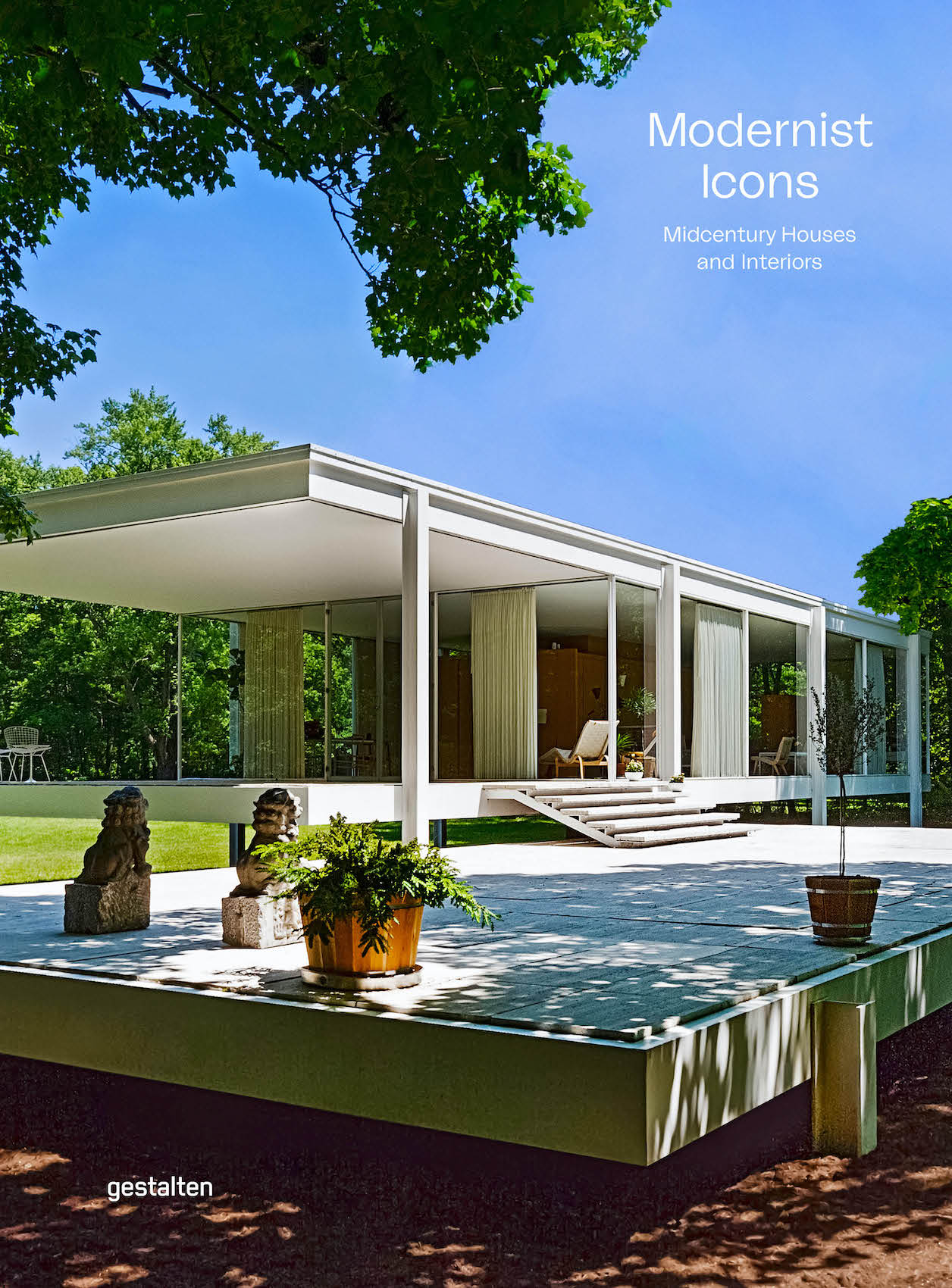
So, while the properties we’ve rounded up here are undeniably pieces of an era, it’s an era that resonates throughout contemporary design – whether in furniture such as Eero Saarinen’s ‘Tulip’ chairs, the Arne Jacobsen ‘Egg’ chairs or Mies can der Rohe’s ‘Barcelona’ chairs, which continue to add edge and sophistication to interior design projects today – or through the establishment of the blurring of inside and outside, a celebration of function and materials , and the psychological liberation that results from an absence of clutter – a framing of space rather than a filling of space.
Mid-century Modern emerged at a time of great societal change, as the world recovered from WWII. In the gestalten book Modernist Icons, Eric Baldwin traces a line back to the late-19th-century Arts and Crafts movement, which championed “the revitalisation of traditional arts in reponse to industrialisation” – and through to the Bauhaus, which embraced “the idea of merging fine arts with functional design.”
He also points to Mid-century Modern’s roots in the modernist International Style of the 1920s and 30s, which was characterised by “a focus on form and function, with an emphasis on geometric shapes and materials such as steel and glass.”
Here are five icons of modernist architecture and interiors:
1. John Lautner: Garcia House, USA 1962
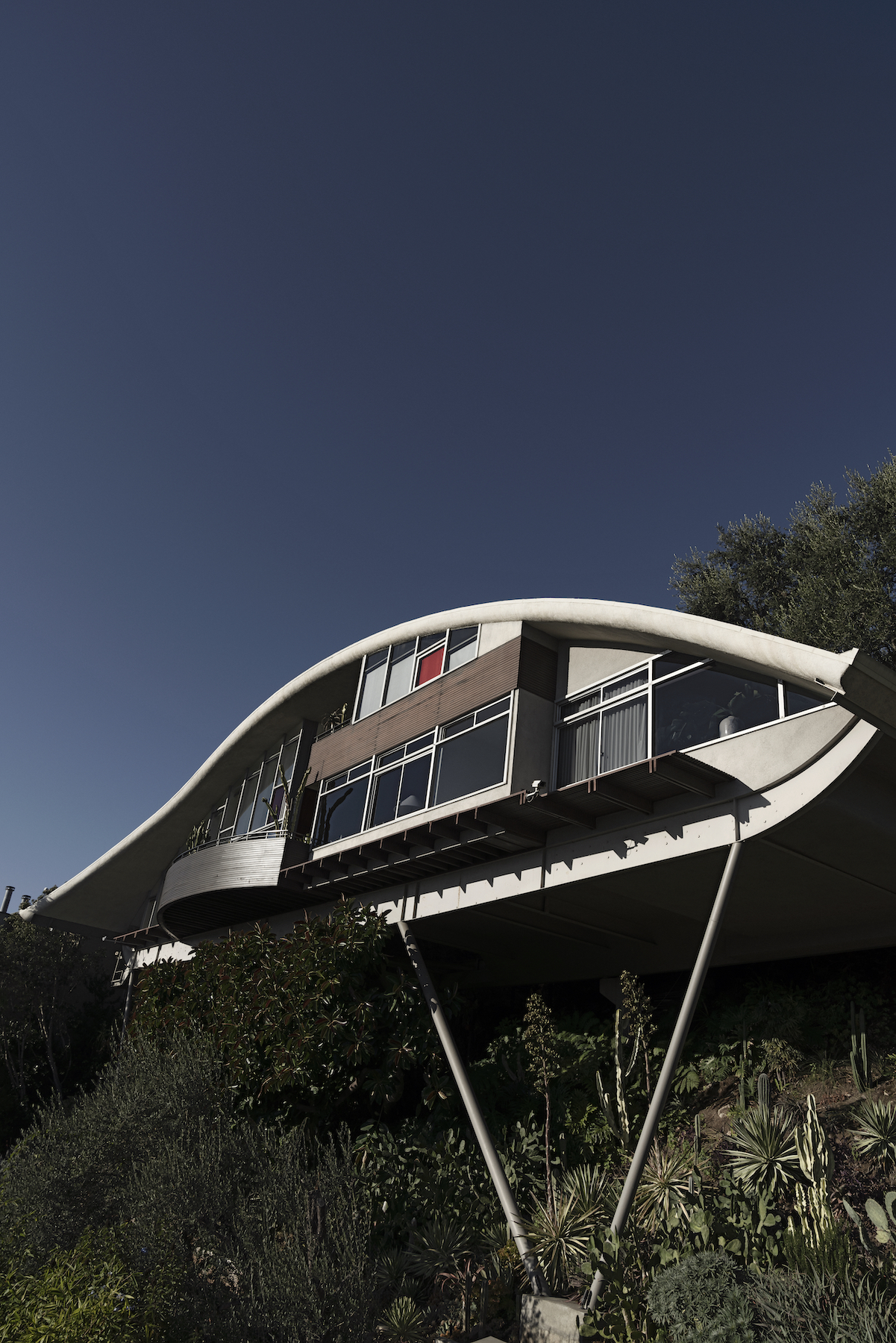
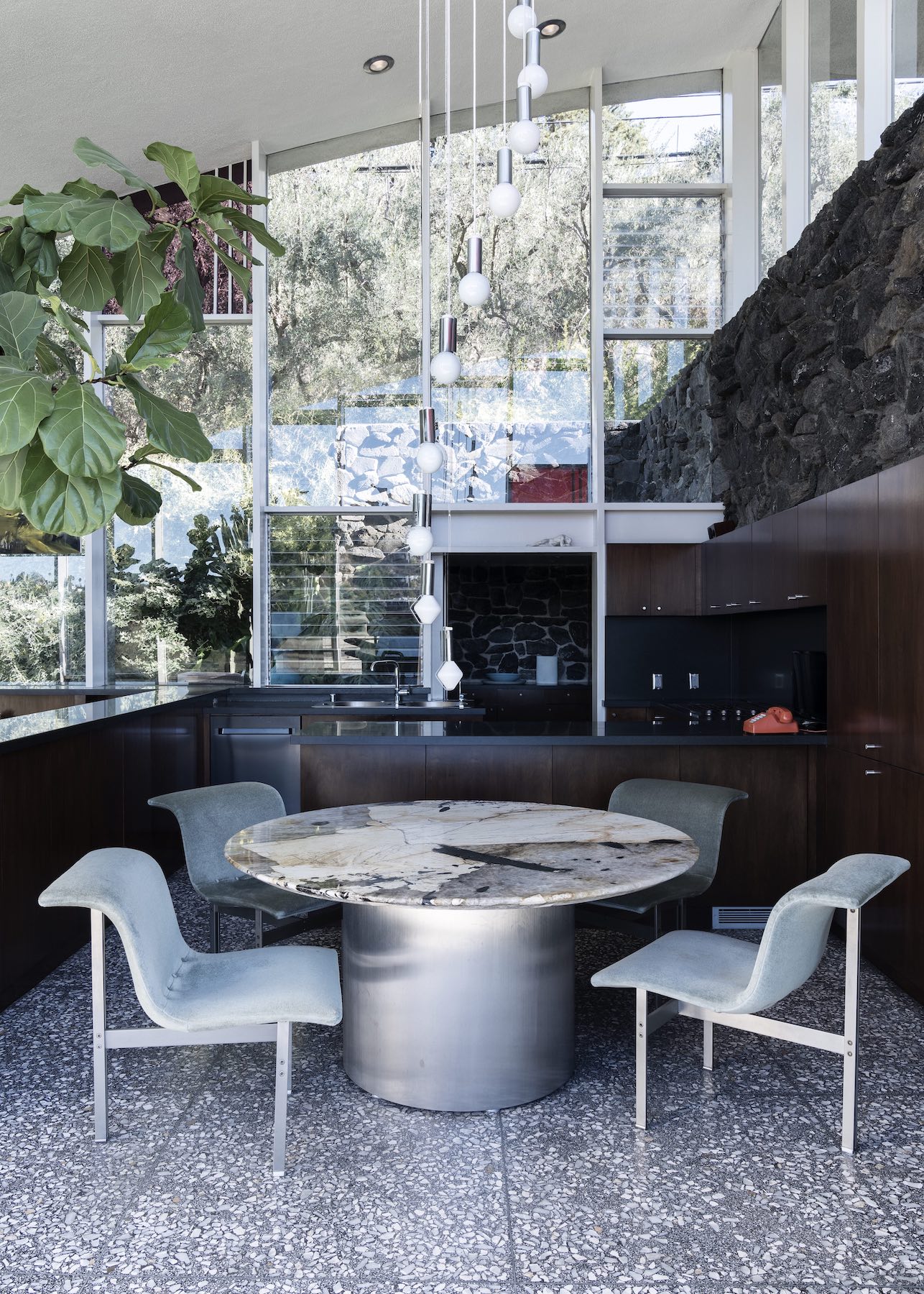
American architect John Lautner served his apprenticeship with the Taliesin Fellowship under Frank Lloyd Wright, and is one of the Modernist architects associated with Googie and Space Age architecture, with its futuristic, jutting lines and bold use of glass and steel.
These precepts are evident at Garcia House, perched high above Mulholland Drive in the Hollywood Hills and one of the architect’s most celebrated works. Its parabolic roof over stained glass windows has given it a second name as “The Rainbow House”, and has been described by Lauren A. E. Schuker in the Wall Street Journal as “one of the 10 most important residences from the mid-century period in Los Angeles.”
2. Eero Saarinen: Miller House, USA 1957
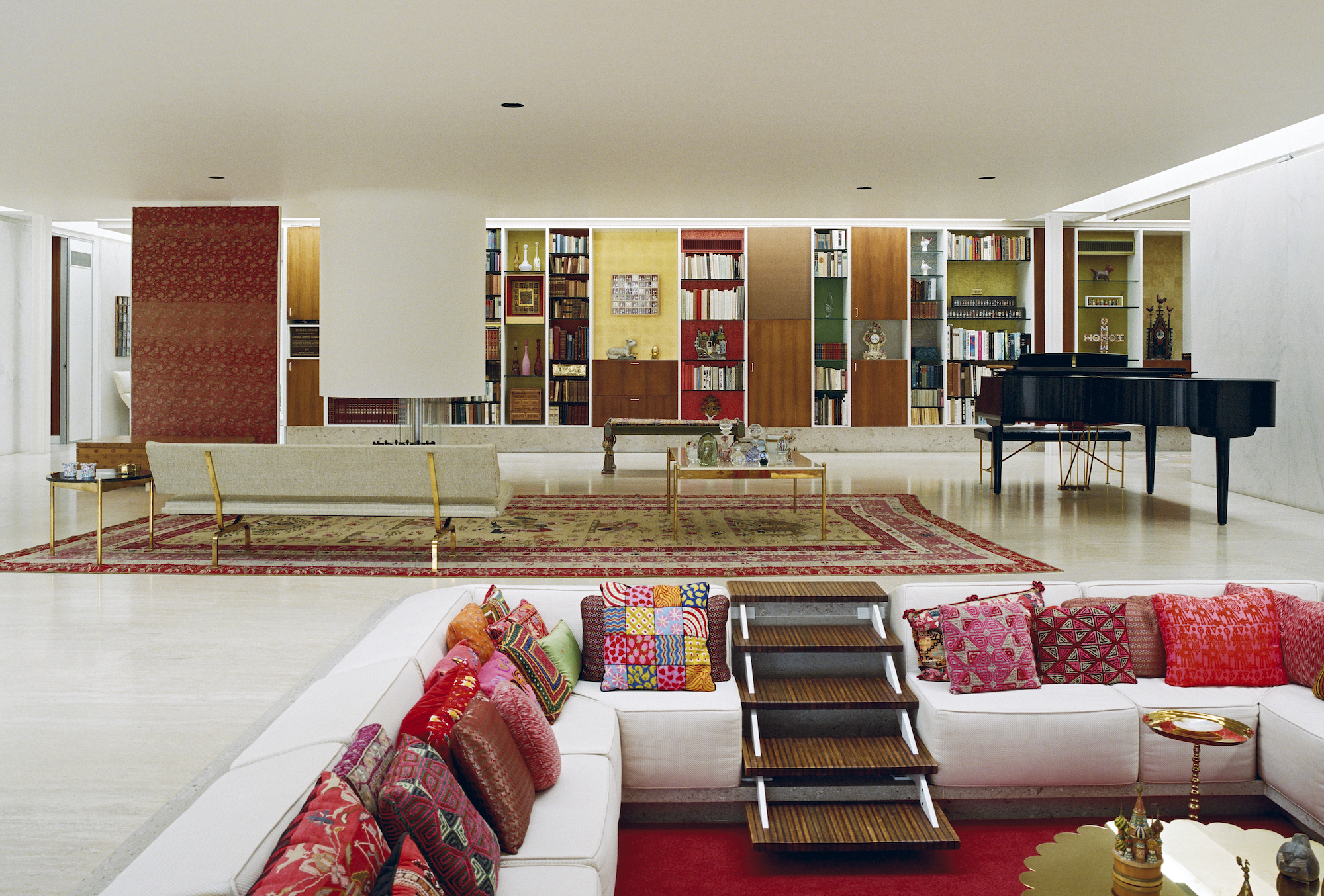
Miller House in Indiana was created for the industrialist and philanthropist J. Irvin Miller and his family by a giant of mid-century architecture and design, Eero Saarinen – around the same time he designed his iconic Tulip series of tables and chairs. Irvin Miller wanted a residence where his family could entertain the era’s business and political titans, and Saarinen, working with interior designer Alexander Girard, created a 6,838-square-foot property along modernist principles, with a flowing, open-plan layout, flat roof and glass walls. The sunken conversation pit, long storage wall and cylindrical fireplace were all highly contemporary design notes for the era.
The Miller House is now a National Historic Landmark owned by the Indianapolis Museum of Art, having been donated to them by the Miller family.
3. Paulo Mendes da Rocha: Casa Butantã, Brazil 1964
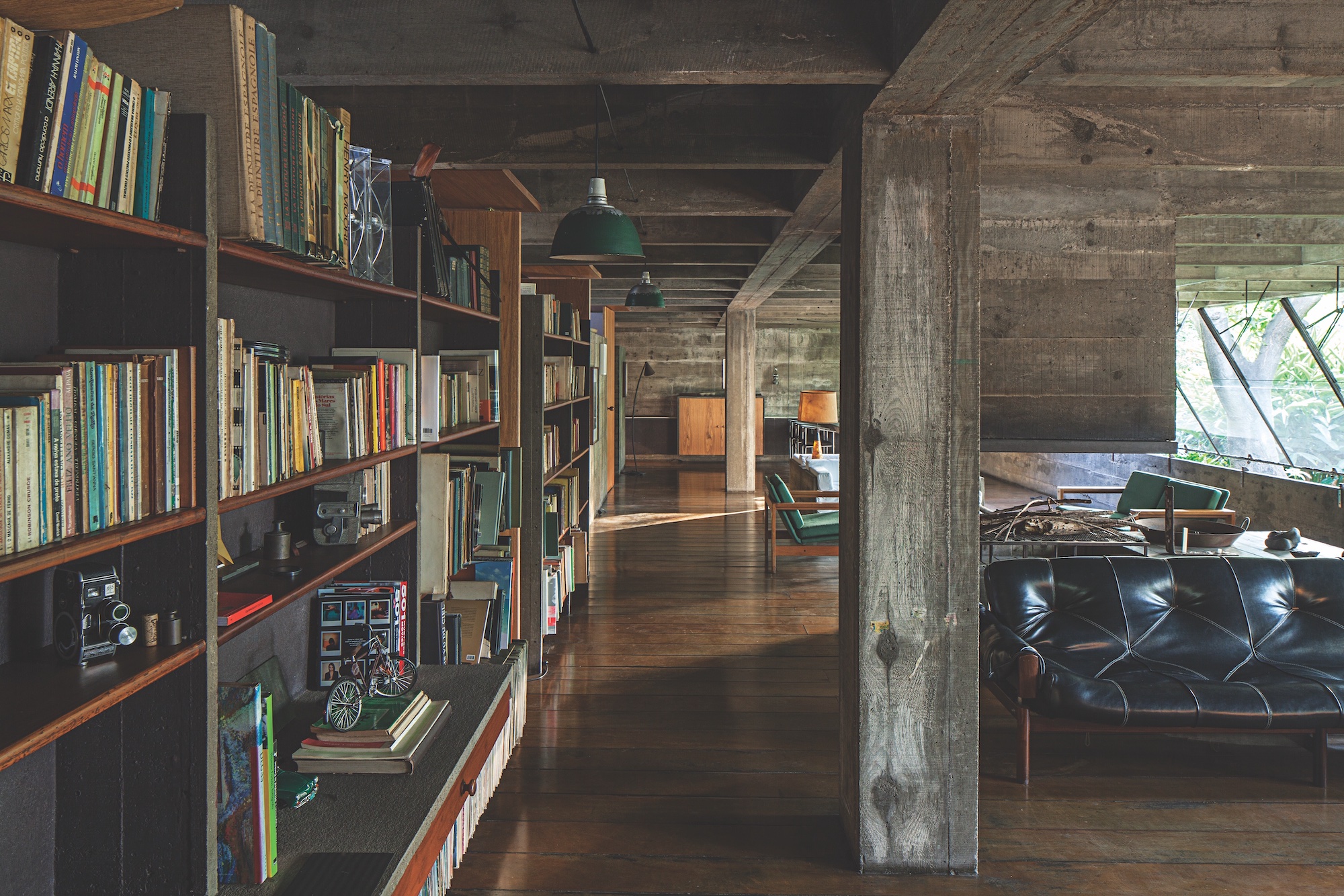
Brazilian architect Paulo Mendes da Rocha traverses several architectural schools related to Modernism – notably Tropical Modernism and Brazilian Brutalism. Casa Butantã – or Butantã House – is a prime example of how Brazilian architects such as Mendes da Rocha embraced Modernism, excelling at presenting Modernist principles in a local context, celebrating the rawness of concrete and steel in an environment of lush vegetation and expansive views.
With interiors that feature Brazilian rosewood mid-century furniture, mid-century lighting and raw concrete walls, Casa Butantã – which is still lived in by its original family – is a living testament to Mendes da Rocha’s vision.
4. Jørn Utzon: Ahm House, United Kingdom 1962

Danish architect Jørn Utzon – who also built the Sydney Opera House alongside other gems such as Can Lis in Mallorca – designed Ahm House for structural engineer and fellow Dane Povl Ahm. Built in the picturesque English town of Harpenden, the Grade II-listed house was created as a family home in a suburban site, making – in the word of Nikolaus Pevsner – “no concessions to the outsider nor to the genteel facadism of its neighbours.”
More recently, the property has been interior designed by Coppin Dockray to reflect its Danish root; note the Arne Jacobsen Egg chairs in the picture.
5. Richard Neutra: Serulnic House, USA 1953
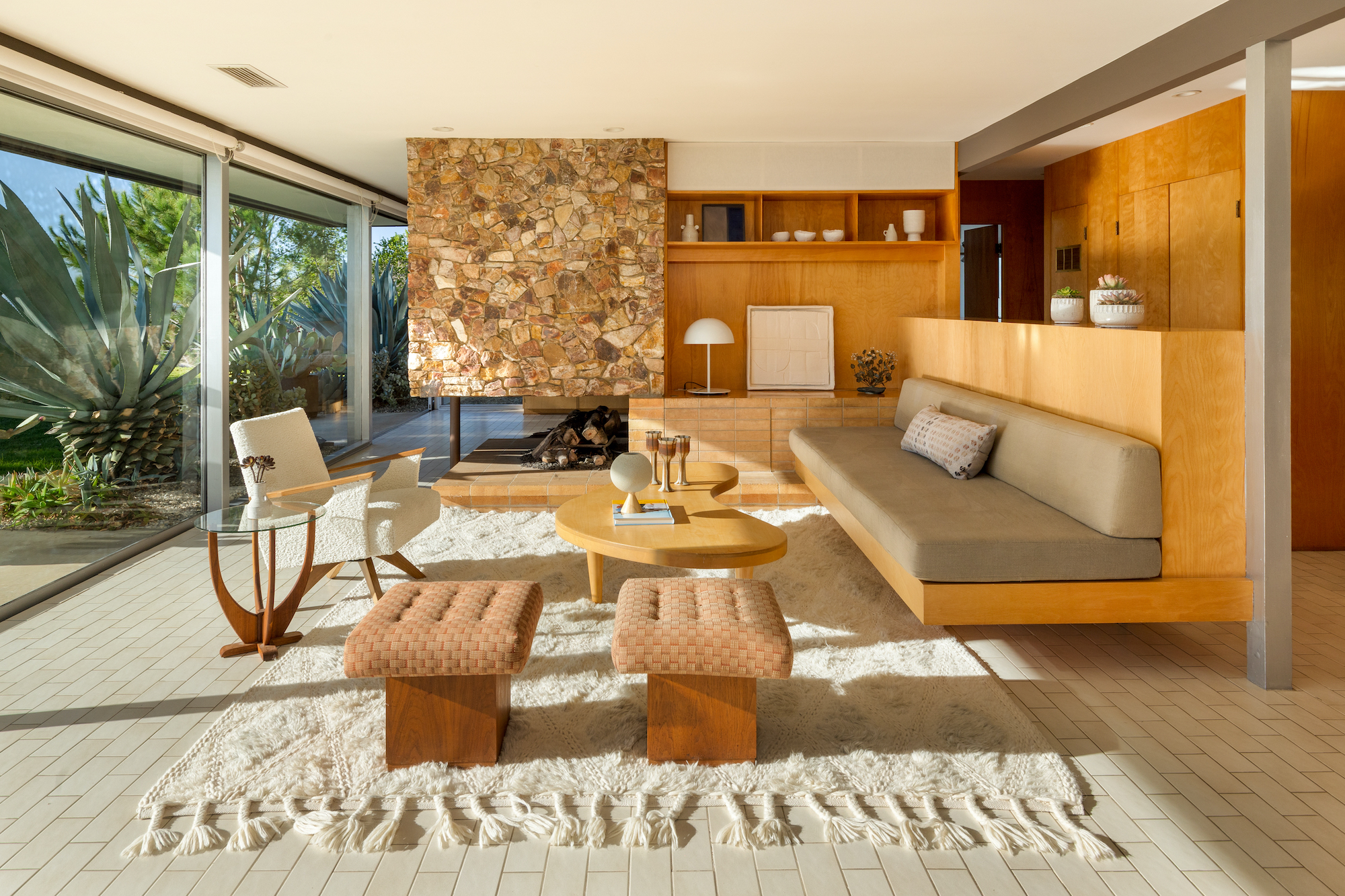
Tucked into the La Crescenta foothills of Los Angeles, Serulnic House was created by Austrian-American modernist architect Richard Neutra – who designed it for his secretary, Dorothy Serulnic and her husband, George (more recently, the property belonged to Red Hot Chili Peppers bassist Flea, as part of an estate including his larger main residence).
The 1,350-square-foot, two-bedroomed property has sweeping views of the mountains and the LA skyline through floor to ceiling windows. Eric Baldwin describes the house in Modernist Icons as “a quintessential California Modern home,” with its natural stone fireplace, geometric lines, and built-in furnishing.
Modernist Icons, published by gestalten, is available from November 7, 2023
Read more: Architecture | Interiors | Vintage I Design | Modernism | Mid-Century | Books


